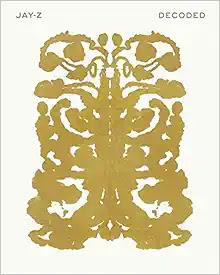How much work does your title do to take readers into the story?Visit Nancy Bilyeau's website.
‘The Orchid Hour’ is meant to intrigue and entice readers—how can an orchid have an hour?—while carrying various meanings for the story. My main character, Zia De Luca, learns in an early chapter that her gambler cousin, Salvatore, is a part owner of a new illegal nightclub in New York City and its name is The Orchid Hour. Slowly she discovers why it was named that and why the host of the speakeasy, a silent-film actor, would have chosen it. Orchids were fragile and seductive flowers in the 1920s. They were imported, as it wasn’t yet possible to grow them from seeds. They were bought, nurtured, and cherished by the wealthiest people in America. This club had orchid plants on display as a statement about its status and desired clientele. Speakeasys opened late at night, so you could say that this was their hour. But also, the most valued orchid in the club is...[read on]
My Book, The Movie: The Tapestry.
Q&A with Nancy Bilyeau.
--Marshal Zeringue












































